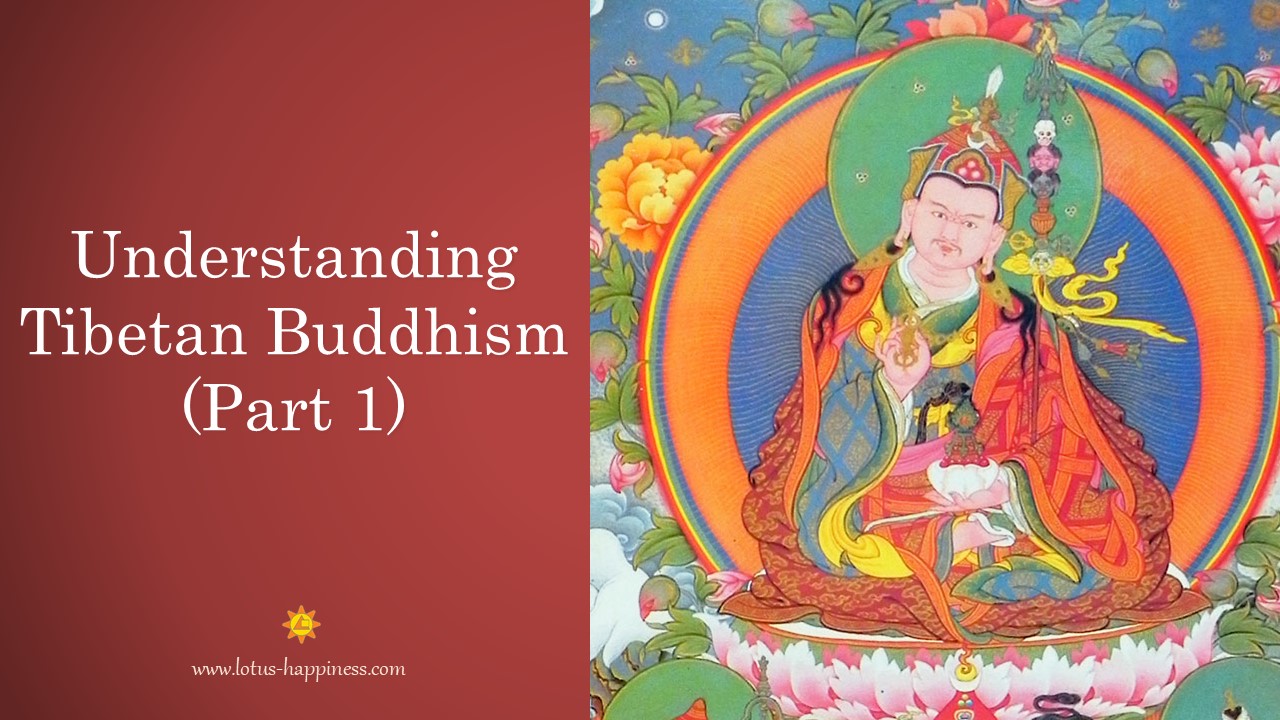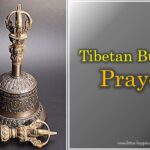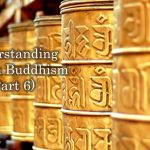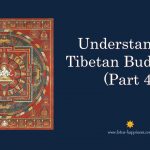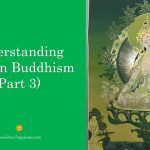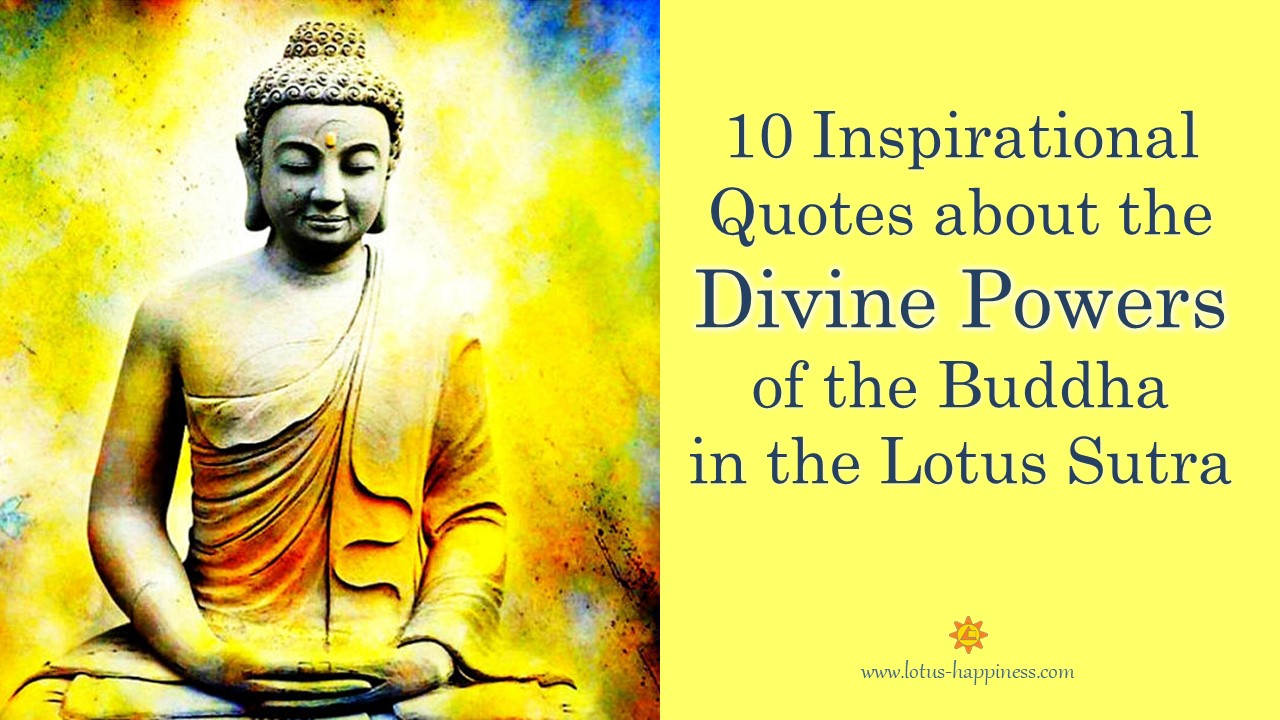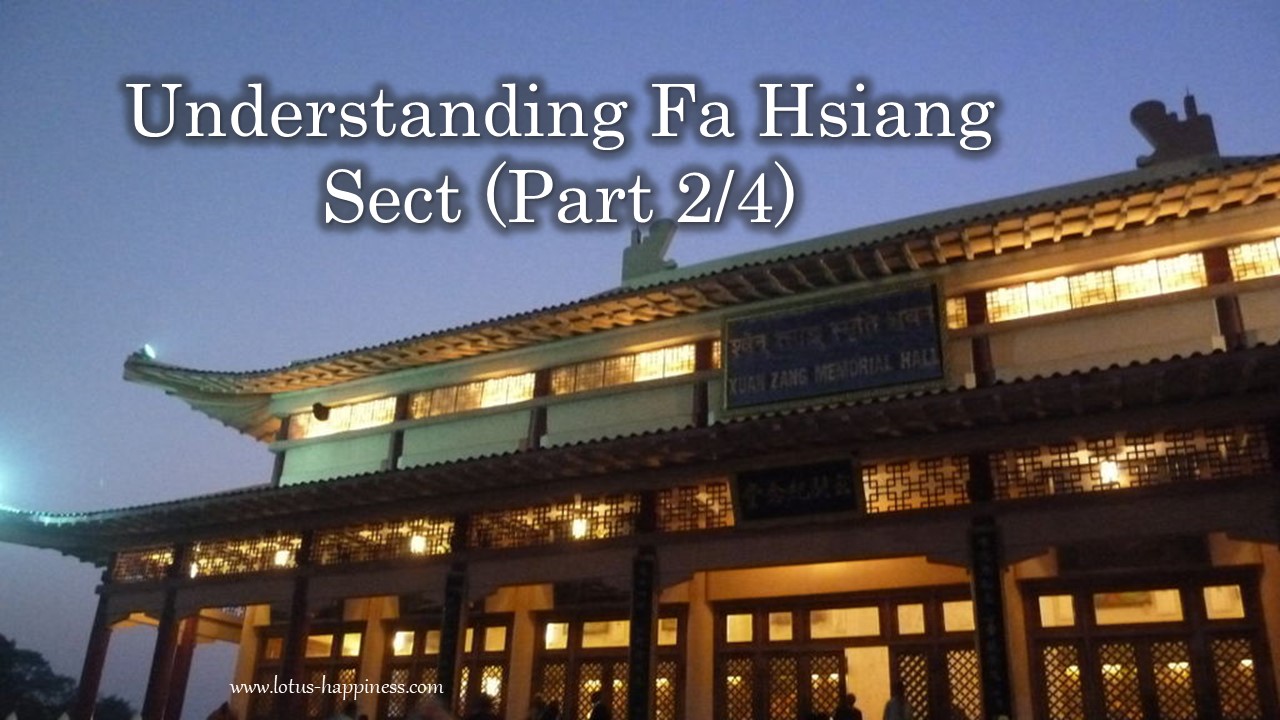Understanding Tibetan Buddhism (Part 1)
Bon religion in Tibet
Tibetan Buddhism is considered one of the last great religions still alive in the world today. Tibetan Buddhism is not restricted to Tibet, though this tradition is named after it. It has had great influence to central and northern Asian countries, such as Mongolia and Bhutan. It is now well known in the modern western world. In fact, Tibetan Buddhism is a name given by the western people.
Same as all other Buddhist schools, Tibetan Buddhism originated from India, where the World Honor One, Shakyamuni Buddha was born more than 2500 years ago. However, Buddhism in Tibet has a history that spans more than a thousand years.
As one of the religious traditions in Tibet, Bon religion still survives today, but has been interpreted in the Buddhist framework. In the sixth century, Tibet became a powerful country under the reign of Songstsen Gampo (AD 609-649), who attacked the neighboring nations, such as the Chinese and Ottoman empires. In 635, he married a Chinese princess and a Nepalese princess. Both princesses were Buddhist devotees, who introduced Buddhism to Tibet with the great influence to the king. These princesses were later regarded as incarnations of the goddess Tara – the emanation of all the Buddhas’ wisdom and compassion, known as ‘the mother of the Buddhas’. Songstsen Gampo is regarded as the founder of the Tibetan Buddhism in royal dynasty.
Beginning of Buddhism in Tibet
During the reign of 38th Tibetan king, Trison Detsen (740-798 AD), the grandson of Songstsen Gampo, he established Buddhism as the state religion. In AD 770, Trison Detsen invited the philosopher and abbot Shantarakshita from India. However, they encountered strong opposition from the local noble families, and also the disturbance from the local spiritual forces and deities, such as Nagas, snake-like spirits. Shantarakshita suggested the king to invite a Vajrayana master to overcome these difficulties. Later, he invited the Indian Tantric Yogi, Padmasambhava, to come to Tibet to spread Buddhism. He also built the first Tibetan monastery at Samye Ling, 35 miles southwest of Lhasa, where Padmasambhava translated the Buddhist scriptures from Sanskrit to Tibetan.
Coming of Padmasambhava
For most Tibetan Buddhists, Padmasambhava is regarded as a second Buddha. When he was eight years old, he appeared on a lotus flower in the middle of Lake Dhanakosha in Oddiyana, a place probably in the border of Afhanistan and Pakistan.
When the king, Trison Detsen and his ministers found Padmasambhava in Nepal, he invited him to Tibet in the propagation of Buddhism. Accepting the king’s offer, he had to, first of all, remove many obstacles facing the local people. Thus, on the way to central Tibet, he overcame the challenges of the local native Tibetan deities by the force of his magical power, and converted the Tibetan demons and gods, who were bound to become the guardians of Buddhism in Tibet.
Arriving at Sampe, Padmasambhava was greeted by the King and his court. Later, Shantarakshita ordained the first Tibetan monks, a group of seven selected young men known as the ‘seven probation monks’.
He further bestowed the Vajrayana teachings and Tantras upon a group of 25 disciples, including the king and various scholars, such as Vairocana and Yeshe Tsogyal (a young Tibetan woman). The teachings comprised of three sets of practices, namely, Mahayoga, Anuyoga and Atiyoga. Padmasambhava first initiated each of the 25 disciples into one of the ‘eight major deities’ of Mahayoga. Yeshe Tsogyal herself became an adept of the deity Vajrakilaya. Accompanying these initiations, Padmasambhava also gave some instructions on Anuyoga, and Atiyoga, the climax of all teachings. Atiyoga introduces the devotees directly to the primordial state of enlightenment, which was the greatest of all spiritual teachings that Padmasambhava had brought with him from India.
Apart from the conversion of the local demons and gods and the transmission of the Tantric teachings to his disciples, another great act of Padmasambhava was the concealment of a multiplicity of teachings intended for the benefit of future generations of the Buddhist devotees. These teachings, subsequently known as ‘Terma’ (means treasures), comprised spiritual instructions, which were to be discovered and decoded in later centuries by masters whose minds had been blessed by Padmasambhava himself. These masters were later known as ‘Tertons’ (means treasure revealer). The preservation of his teachings as Terma is still influential in Tibetan Buddhism at a later time, even nowadays.
Eventually, Padmasambhava left Tibet to work for beings in other lands. However, he assured his followers that he would never truly be apart from them as his compassion was beyond near and far. He told them that on the holy tenth day of each month, he would come riding on the sun’s rays from the Palace of Lotus Light to bless his faithful followers. His promise has remained unbroken down to the present days.
The Council of Lhasa
Upon the departure of Padmasambhava from Tibet, a great debate took place in Lhasa between the followers of Shantarakshita and Padmassambhava of Indian origin, and the Chinese Buddhists. The former proposed to take a gradual approach to enlightenment, while the latter promoted the sudden enlightenment. Finally, the Indian party led by Kamalashila won the victory of the debate. Trison Detsen ordered that only the Buddhist teachings from India would be followed in Tibet.
The Dark Age of Tibetan Buddhism
In mid 9th century, the great conqueror king, Ralpachen (AD 806-841), continued to spread Buddhism throughout Tibet. He is regarded as the third Dharma King of Tibet. Unfortunately, he was murdered by his ministers, who replaced the king with his brother, Langdarma. Langdarma was a supporter of the old Bon religion. Langdarma destroyed Buddhist scriptures, closed down the monasteries and forced the monks to marry. Though he was eventually assassinated, the Tibetan empire, just as the Tibetan Buddhism, collapsed into chaos. The dark period for Tibetan Buddhism lasted for some 150 or more years. Tibet did not unite under a common leadership again for another three hundred years.

